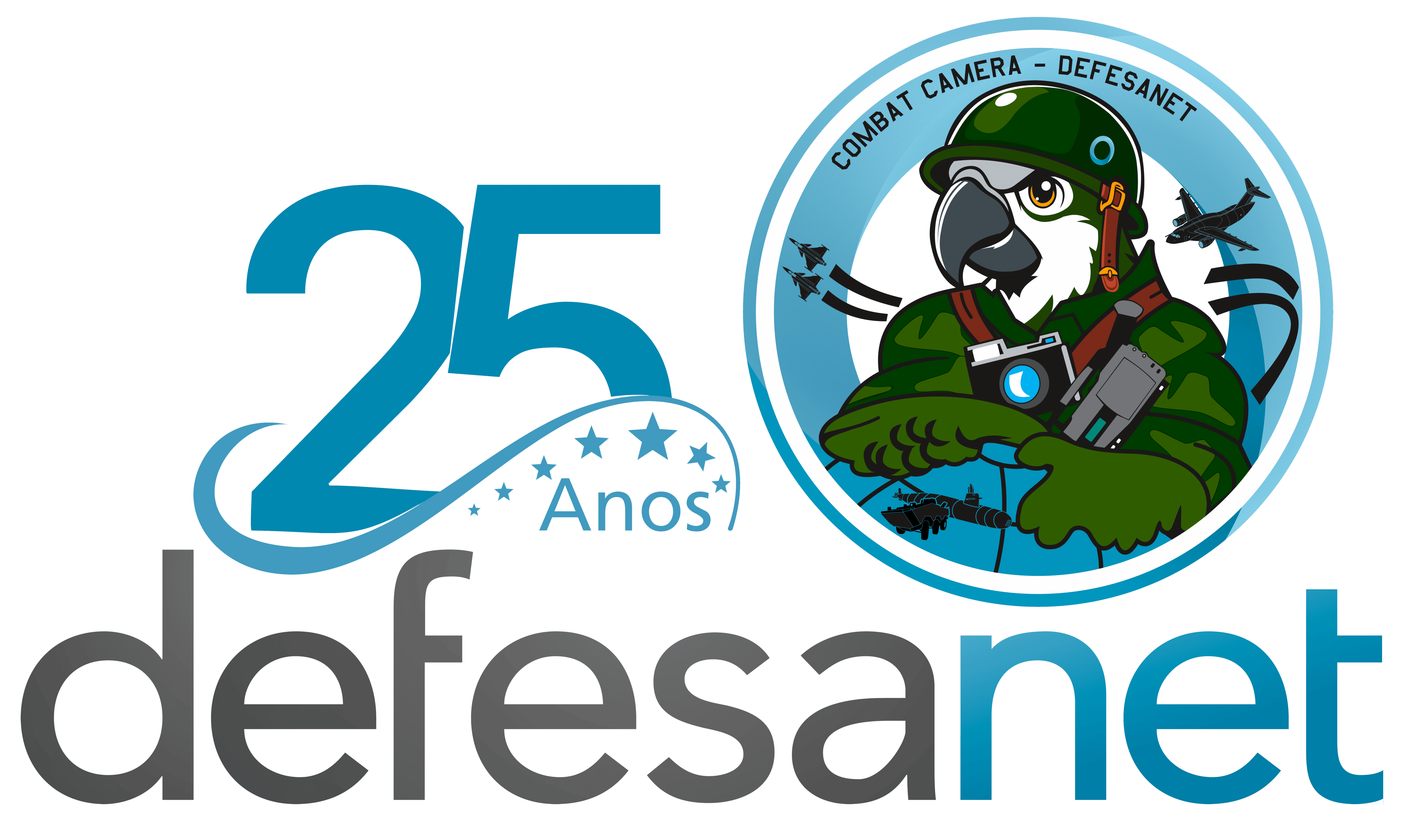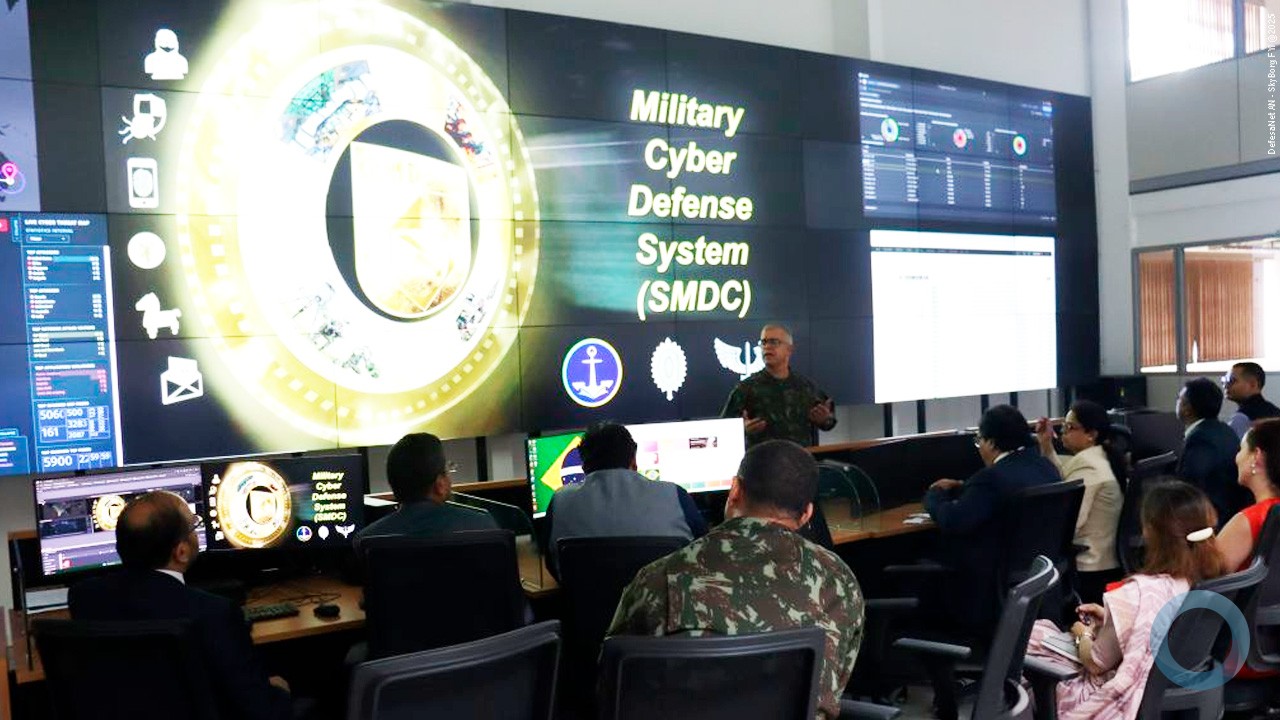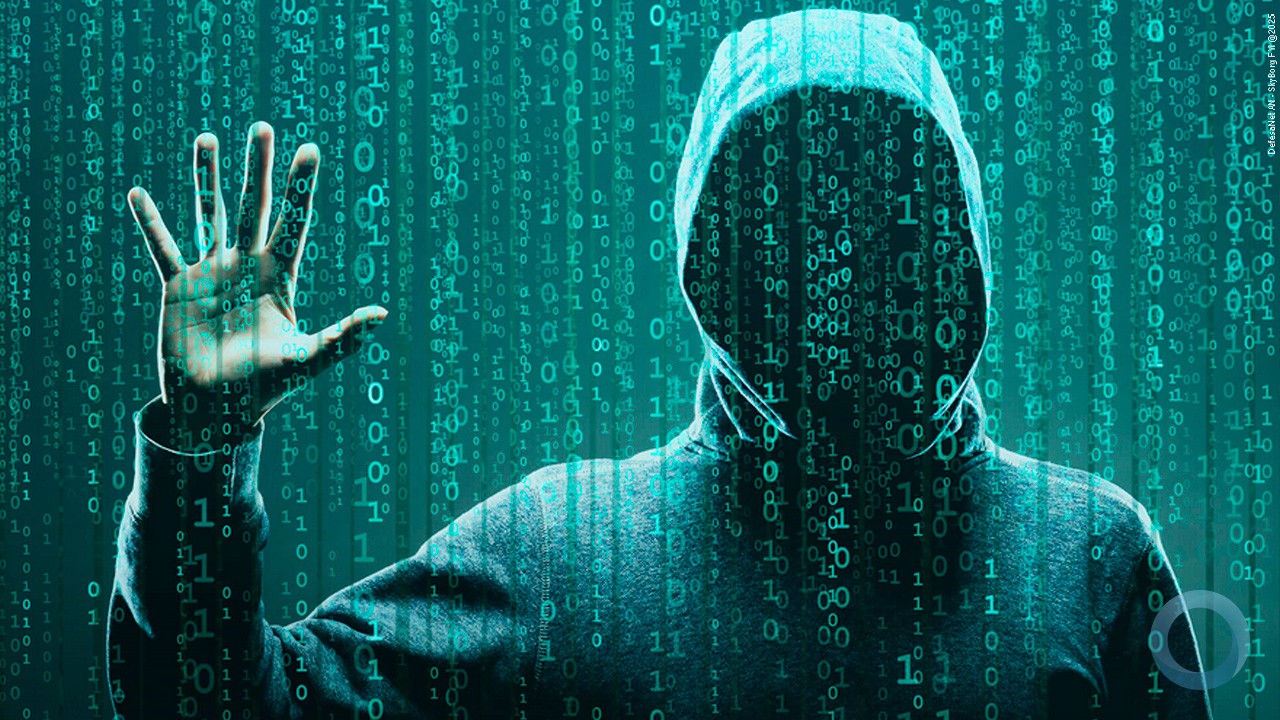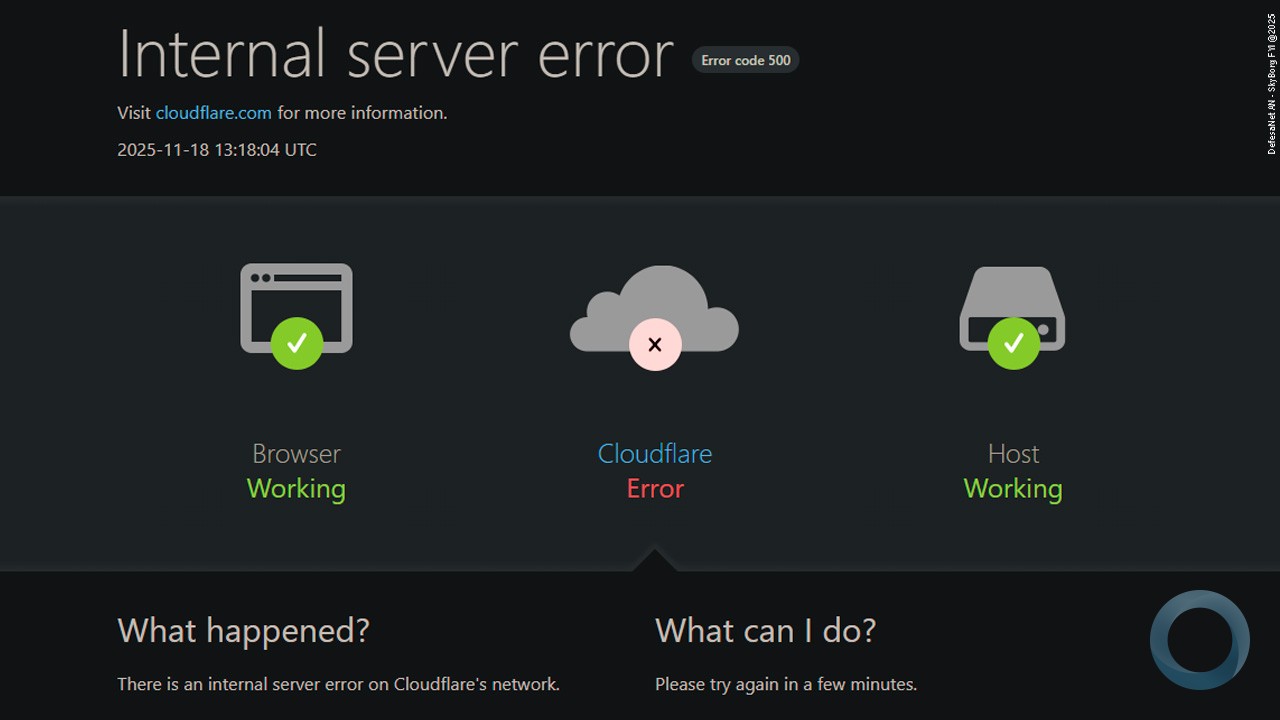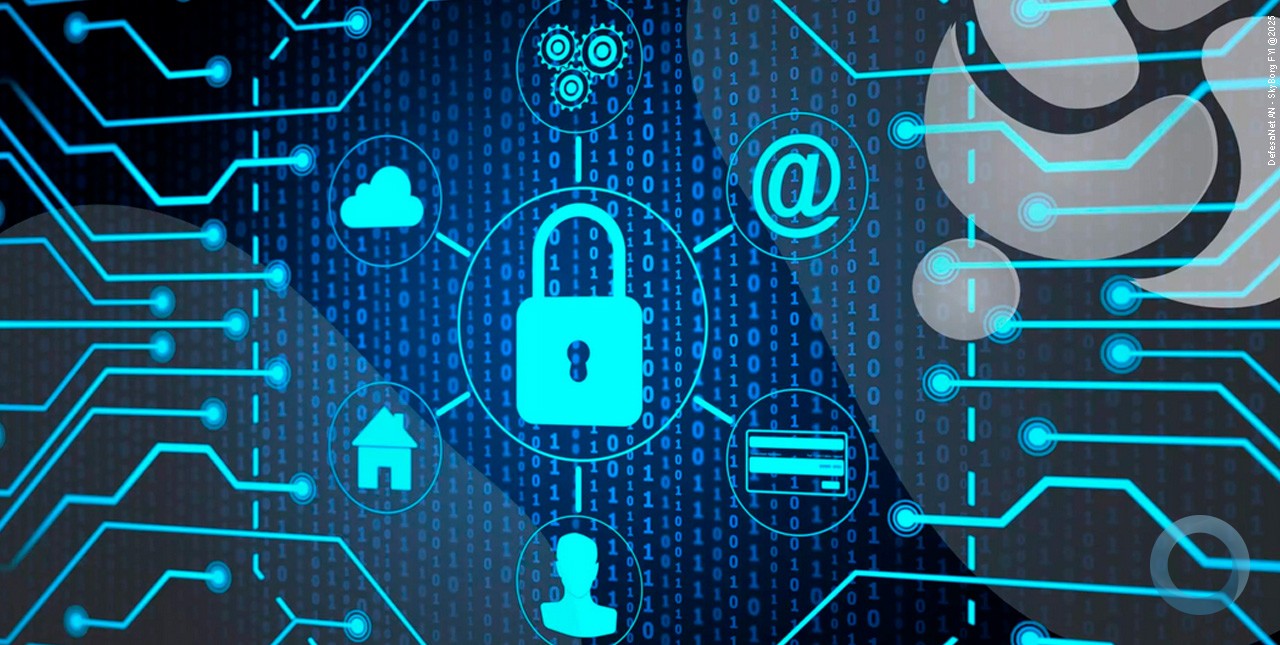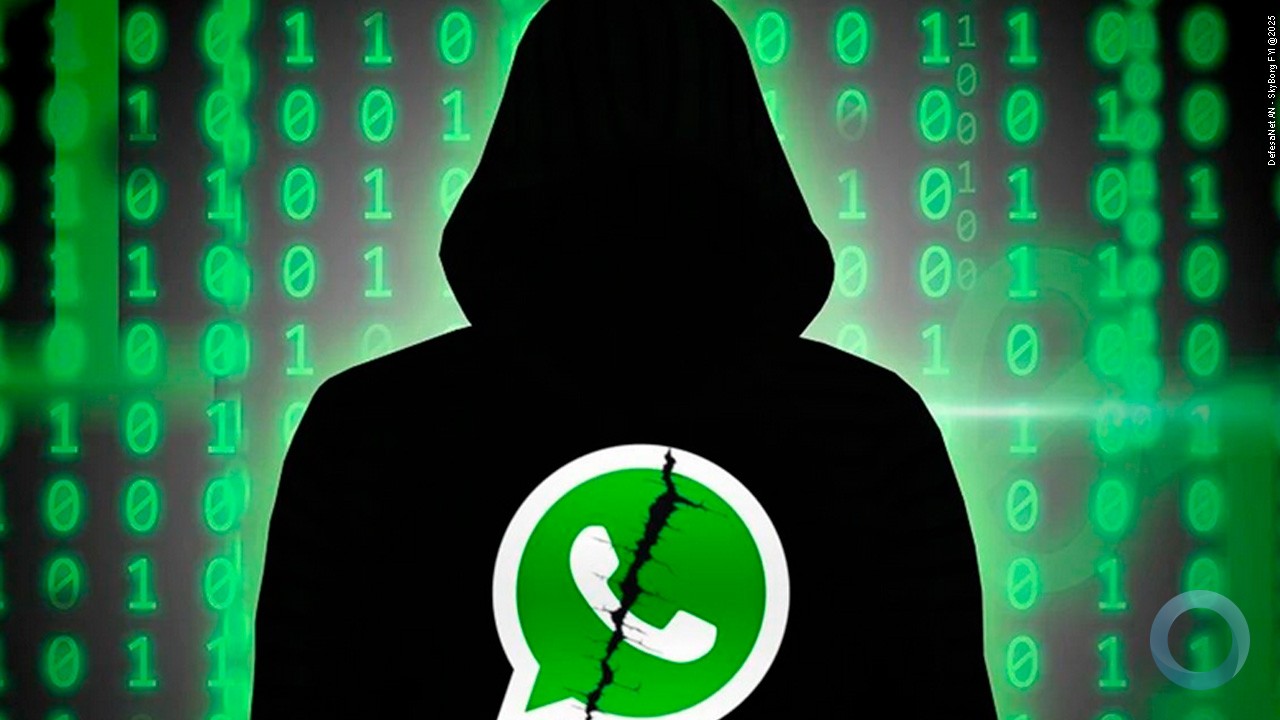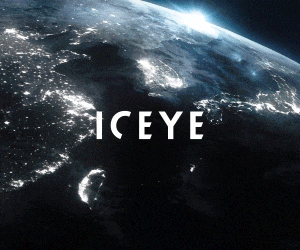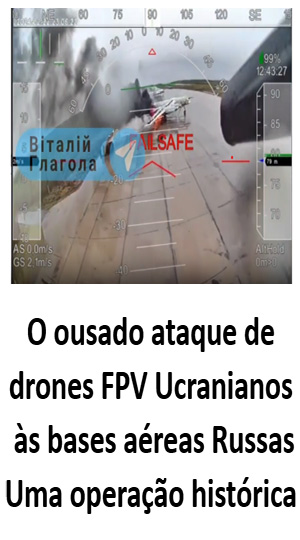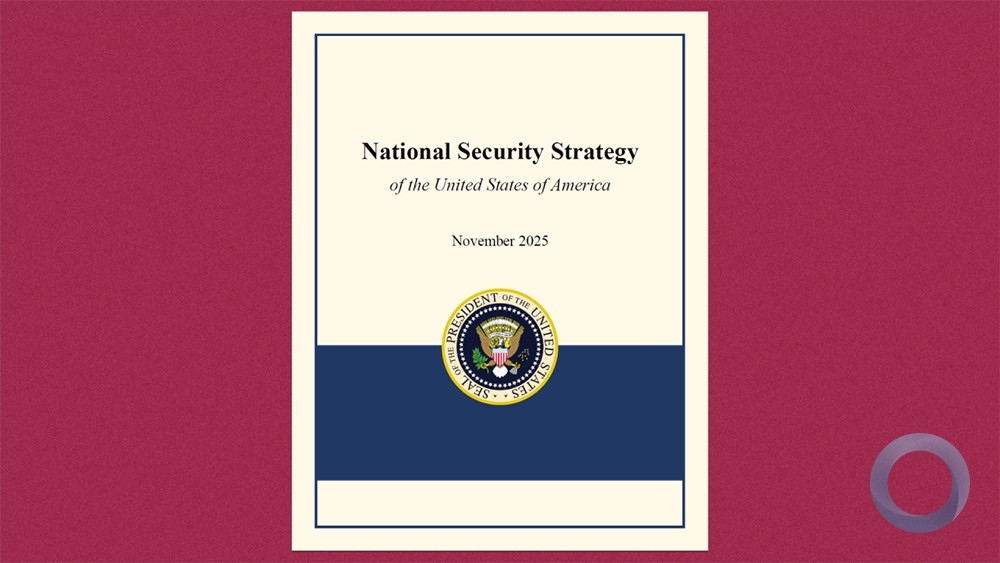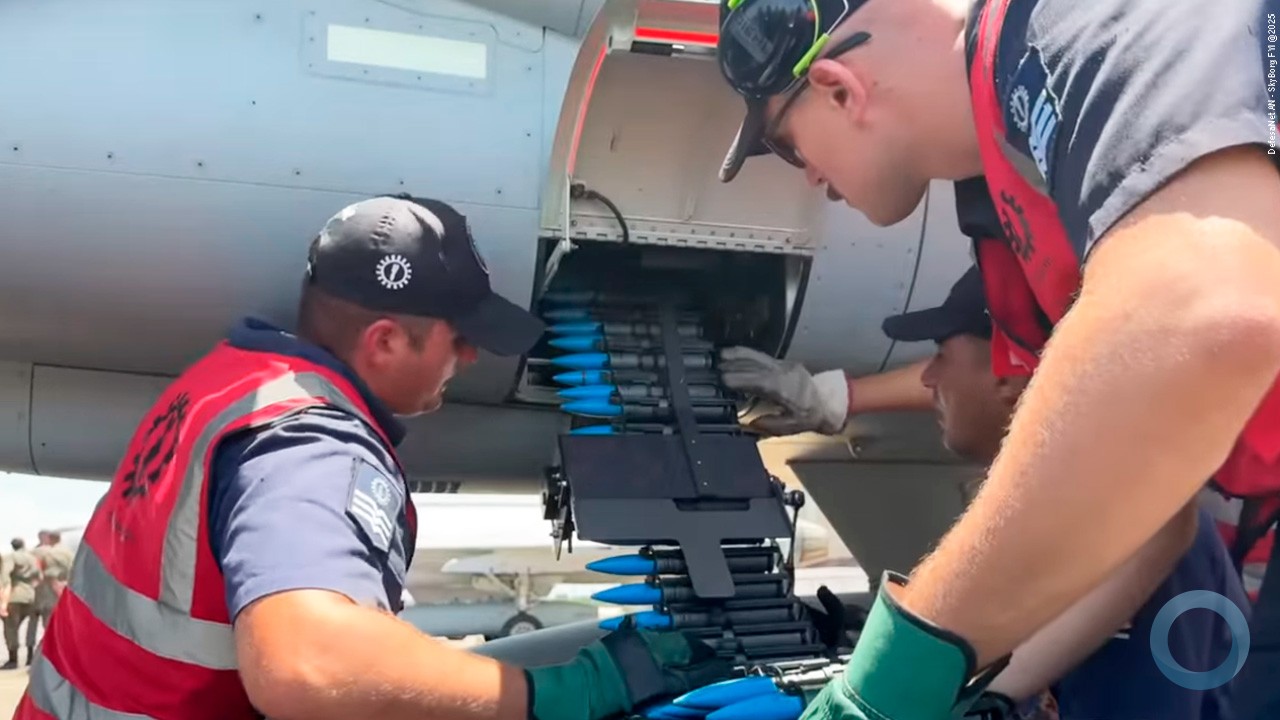Statement for the Record
Worldwide Cyber Threats
House Permanent Select Committee on Intelligence
James R. Clapper
Director of National Intelligence
September 10, 2015
Overview
Cyber threats to US national and economic security are increasing in frequency, scale, sophistication, and severity of impact. The ranges of cyber threat actors, methods of attack, targeted systems, and victims are also expanding. Overall, the unclassified information and communication technology (ICT) networks that support US Government, military, commercial, and social activities remain vulnerable to espionage and/or disruption. However, the likelihood of a catastrophic attack from any particular actor is remote at this time. Rather than a “Cyber Armageddon” scenario that debilitates the entire US infrastructure, we envision something different.
We foresee an ongoing series of low-to-moderate level cyber attacks from a variety of sources over time, which will impose cumulative costs on US economic competitiveness and national security.
· Several nations—including Iran and North Korea—have undertaken offensive cyber operations against private sector targets to support their economic and foreign policy objectives, at times concurrent with political crises.
Risk. Despite ever-improving network defenses, the diverse possibilities available through remote hacking intrusion, supply chain operations to insert compromised hardware or software, actions by malicious insiders, and mistakes by system users will hold nearly all ICT networks and systems at risk for years to come. In short, the cyber threat cannot be eliminated; rather, cyber risk must be managed. Moreover, the risk calculus some private sector entities employ does not adequately account for foreign cyber threats or the systemic interdependencies between different critical infrastructure sectors.
Costs. We continue to witness an increase in the scale and scope of reporting on malicious cyber activity that can be measured by the amount of corporate data stolen or deleted, personally identifiable information compromised, or remediation costs incurred by US victims. For example:
· Earlier this year, the Office of Personnel Management (OPM) discovered that a number of its systems were compromised. These systems included those that contain information related to the background investigations of current, former, and prospective federal government employees, as well as other individuals for whom a federal background investigation was conducted. OPM announced the compromise resulted in 21.5 million personal records being stolen.
· After the 2012-13 distributed denial of service (DDOS) attacks on the US financial sector, JPMorgan Chase (JPMorgan) announced plans for annual cyber security expenditures of $250 million by the end of 2014. After the company suffered a hacking intrusion in 2014, JPMorgan’s CEO said he would probably double JPMorgan’s annual computer security budget within the next five years.
· The 2014 data breach at Home Depot exposed information from 56 million credit/debit cards and 53 million customer email addresses. Home Depot estimated the cost of the breach to be $62 million.
· In August 2014, the US company Community Health Systems informed the Securities and Exchange Commission that it believed hackers “originating from China” had stolen personally identifiable information on 4.5 million individuals.
Attribution. Although cyber operators can infiltrate or disrupt targeted ICT networks, most can no longer assume that their activities will remain undetected indefinitely. Nor can they assume that if detected, they will be able to conceal their identities. Governmental and private sector security professionals have made significant advances in detecting and attributing cyber intrusions.
· In May 2014, the US Department of Justice indicted five officers from China’s Peoples’ Liberation Army on charges of hacking US companies.
· In December 2014, computer security experts reported that members of an Iranian organization were responsible for computer operations targeting US military, transportation, public utility, and other critical infrastructure networks.
Furthermore, the IC is regularly gaining and losing sources of intelligence; that is the nature of the business. Of late, unauthorized disclosures and foreign defensive improvements have cost us some technical accesses, but we are also deriving valuable new insight from cyber security investigations of incidents caused by foreign actors and new means of aggregating and processing big data. Those avenues will help offset some more traditional collection modes that are obsolescent.
Deterrence. Numerous actors remain undeterred from conducting economic cyber espionage or perpetrating cyber attacks. The absence of universally accepted and enforceable norms of behavior in cyberspace has contributed to this situation. The motivation to conduct cyber attacks and cyber espionage will probably remain strong because of the relative ease of these operations and the gains they bring to the perpetrators. The result is a cyber environment in which multiple actors continue to test their adversaries’ technical capabilities, political resolve, and thresholds. The muted response by most victims to cyber attacks has created a permissive environment in which low-level attacks can be used as a coercive tool short of war, with relatively low risk of retaliation. Additionally, even when a cyber attack can be attributed to a specific actor, the forensic attribution often requires a significant amount of time to complete. Long delays between the cyber attack and determination of attribution likewise reinforce a permissive environment.
Threat Actors
Politically motivated cyber attacks are now a growing reality, and foreign actors are reconnoitering and developing access to US critical infrastructure systems, which might be quickly exploited for disruption if an adversary’s intent became hostile. In addition, those conducting cyber espionage are targeting US government, military, and commercial networks on a daily basis. These threats come from a range of actors, including:
(1) nation states with highly sophisticated cyber programs (such as Russia or China),
(2) nations with lesser technical capabilities but possibly more disruptive intent (such as Iran or North Korea),
(3) profit-motivated criminals, and
(4) ideologically motivated hackers or extremists.
Distinguishing between state and non-state actors within the same country is often difficult—especially when those varied actors actively collaborate, tacitly cooperate, condone criminal activity that only harms foreign victims, or utilize similar cyber tools.
Russia. Russia’s Ministry of Defense is establishing its own cyber command, which—according to senior Russian military officials—will be responsible for conducting offensive cyber activities, including propaganda operations and inserting malware into enemy command and control systems. Russia’s armed forces are also establishing a specialized branch for computer network operations
.
· Computer security studies assert that Russian cyber actors are developing means to remotely access industrial control systems (ICS) used to manage critical infrastructures. Unknown Russian actors successfully compromised the product supply chains of at least three ICS vendors so that customers downloaded malicious software (“malware”) designed to facilitate exploitation directly from the vendors’ websites along with legitimate software updates, according to private sector cyber security experts.
China. Chinese cyber espionage continues to target a broad spectrum of US interests, ranging from national security information to sensitive economic data and US intellectual property. Although China is an advanced cyber actor in terms of capabilities, Chinese hackers are often able to gain access to their targets without having to resort to using advanced capabilities. Improved US cybersecurity would complicate Chinese cyber espionage activities by addressing the less sophisticated threats, and raising the cost and risk if China persists.
Iran. Iranian actors have been implicated in the 2012-13 DDOS attacks against US financial institutions and in the February 2014 cyber attack on the Las Vegas Sands casino company. Iran very likely views its cyber program as one of many tools for carrying out asymmetric but proportional retaliation against political foes, as well as a sophisticated means of collecting intelligence.
North Korea. North Korea is another state actor that uses its cyber capabilities for political objectives. The North Korean Government was responsible for the November 2014 cyber attack on Sony Pictures Entertainment (SPE), which stole corporate information and introduced hard drive erasing malware into the company’s network infrastructure, according to the FBI. The attack coincided with the planned release of a SPE feature film satire that depicted the fictional assassination of the North Korean president.
Profit-motivated criminals. Profit motivated cyber criminals rely on loosely networked online marketplaces, often referred to as the cyber underground, that provide a forum for the merchandising of illicit tools, services, infrastructure, stolen personal identifying information, and financial data. As media reports have documented, cyber criminals continue to successfully compromise the networks of retail businesses and financial institutions in order to collect financial information, biographical data, home addresses, email addresses, and medical records that serve as the building blocks to criminal operations that facilitate identity theft and healthcare fraud. The most significant financial cyber criminal threats to US entities and our international partners can be attributed to a relatively small subset of actors, facilitators, infrastructure, and criminal forums.
However, our federal law enforcement colleagues continue to have successes capturing key cyber criminals by cooperating with international partners. For example, in late June, the Department of Justice and the United States Secret Service worked with their German counterparts to extradite Ercan Findikoglu, a Turkish national, responsible for multiple cyber crime campaigns that targeted the U.S. financial sector stealing $55 million dollars between 2011 and 2013. Findikoglu was apprehended by the German Federal Police after US Secret Service agents confirmed he was traveling through Germany in December 2013. Additionally, last month an FBI-led coalition of international partners from 20 countries dismantled an online criminal forum known as Darkode. According to the Department of Justice, this forum represented one of the gravest threats to the integrity of data stored on computers in the United States and elsewhere.
Terrorists. Terrorist groups will continue to experiment with hacking, which could serve as the foundation for developing more advanced capabilities. Terrorist sympathizers will probably conduct lowlevel cyber attacks on behalf of terrorist groups and attract attention of the media, which might exaggerate the capabilities and threat posed by these actors.
With respect to ISIL, since last summer, the group began executing a highly strategic social media campaign using a diverse array of platforms and thousands of online supporters around the globe. The group quickly builds expertise in the platforms it uses and often leverages multiple tools within each platform. ISIL and its adherents’ adept use of social media allows the group to maximize the spread of its propaganda and reach out to potential recruits.
Integrity of Information
Most of the public discussion regarding cyber threats has focused on the confidentiality and availability of information; cyber espionage undermines confidentiality, whereas denial-of-service operations and data-deletion attacks undermine availability. In the future, however, we might also see more cyber operations that will change or manipulate electronic information in order to compromise its integrity (i.e., accuracy and reliability) instead of deleting it or disrupting access to it. Decisionmaking by senior government officials (civilian and military), corporate executives, investors, or others will be impaired if they cannot trust the information they are receiving.
· Successful cyber operations targeting the integrity of information would need to overcome any institutionalized checks and balances designed to prevent the manipulation of data, for example, market monitoring and clearing functions in the financial sector.
Counterintelligence
Internet users are disclosing more information about themselves through social media platforms, online transactions, and search engine queries. New business models for online services often require disclosure of personal information or consent to allow corporate monitoring of one’s online activities.
Governments and third parties digitize public records and share them on the Internet for accessibility, making online records an unavoidable byproduct of living in a digitized society.
Counterintelligence risks are inherent when foreign intelligence agencies obtain access to an individual’s personally identifiable information or virtual identity information. Foreign intelligence agencies could target the individual, family members, coworkers, and neighbors using a variety of physical and electronic methods. The methods foreign intelligence agencies use to exploit targets require a comprehensive mitigation effort that involves CI awareness not only from the individual, but also from family members and coworkers that might have their data compromised as part of the individual’s investigation.
Conclusion
In summary, the breadth of cyber threats posed to US national and economic security has become increasing diverse, sophisticated, and impactful. Cyber Intelligence—collecting, analyzing, and disseminating intelligence on the intentions, capabilities, and operational activities of foreign cyber actors—is one of the core objectives in National Intelligence Strategy we produced last year to guide the activities of the Intelligence Community. Ensuring the integration of such activities in support of our policy makers and national security is a core mission for the Office of the Director of National Intelligence, and was one reason the President directed me to form a Cyber Threat Intelligence Integration Center (CTIIC).
I look forward to working with this Committee to enable the Intelligence Community in general and CTIIC in particular to support our nation in this vital area. Thank you.
